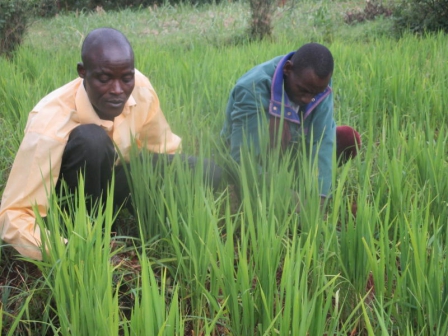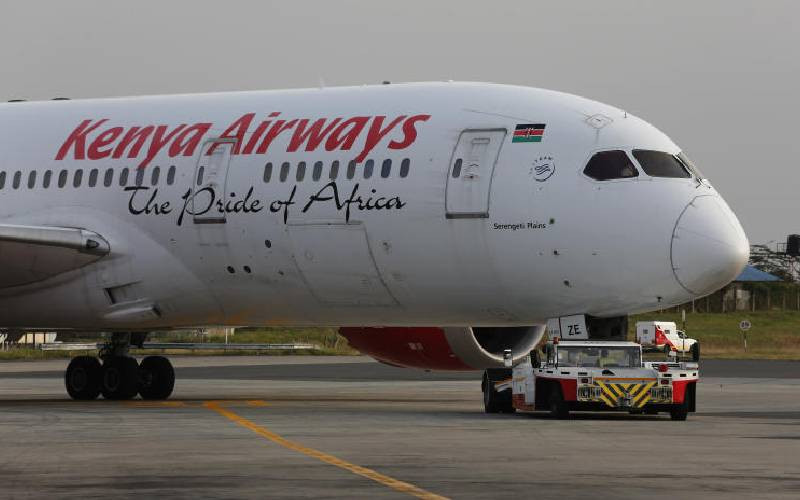×
The Standard e-Paper
Kenya’s Boldest Voice

Farmers weed a field of Upland rice in Rongo, Migori County. (Photo: Stanley Ongwae/Standard)
With recent breakthrough in development of the New Rice for Africa (Nerica) for upland production systems and the high demand for rice, farmers from Western region are now embracing the venture, which gained popularity in India and Southeast Asia.







